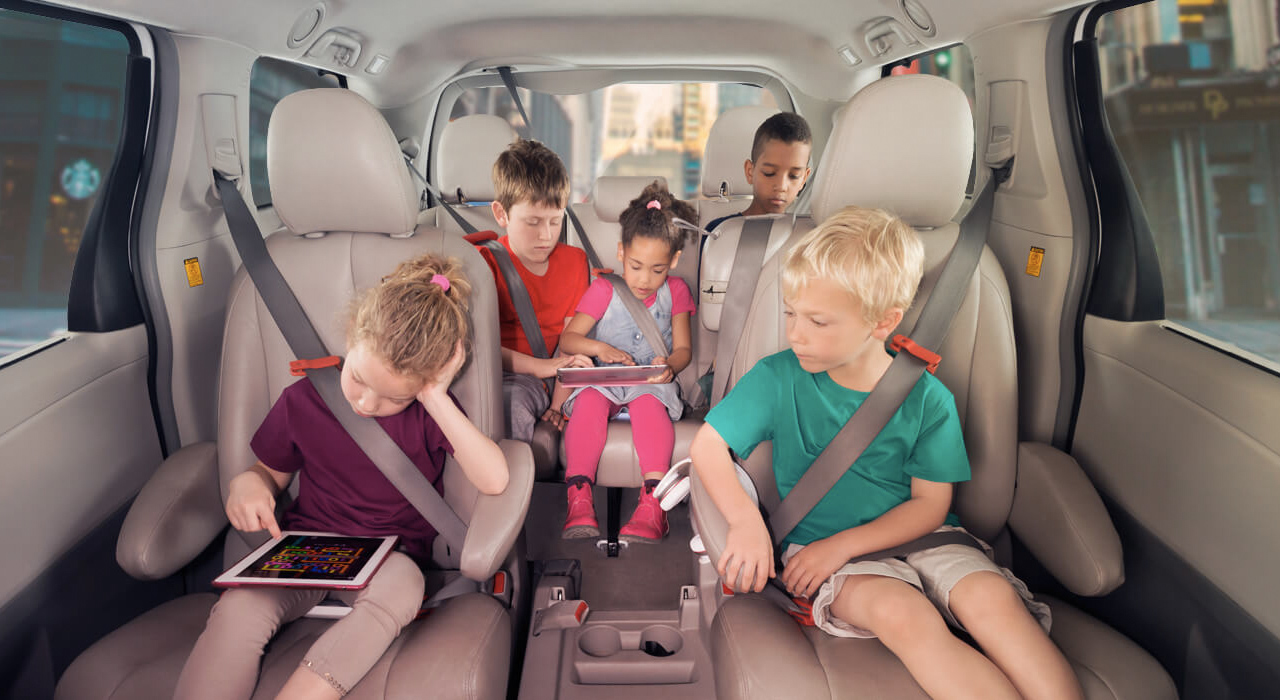
Guide for Car Seat Safety
Car accidents are one of the leading causes of children’s deaths in the United States. In 2017 alone, almost 700 children 12 years of age and younger were killed in auto collisions. Thirty-five percent of these deaths were attributed directly to a lack of seatbelt restraints. Preventative measures are critical when it comes to child vehicle safety, and this primarily takes the form of appropriate, safe use of safety restraints, especially seatbelts. To ensure your child is protected as thoroughly as possible when traveling by car, keep in mind these essential child seat safety tips to achieve maximum care for your children.
It may come as a surprise that many people mistakenly purchase the wrong car seat for their child. This can lead to a whole swath of preventable problems that could put your child in greater danger. There are many different car seat types to choose from, each characterized by specific benefits and disadvantages. Additionally, certain models are designated for particular age groups and body sizes, so buying the wrong type can leave your child without adequate protection. The following details must be kept in mind when searching for a car seat as well:

- State laws: Car seat laws differ slightly between states, so before you commit to a purchase, check your state legislation. In California, for example, toddlers (younger than two years old) must be positioned in a rear-facing car seat (unless they are heavier than 40lbs and taller than 40”).
- The height and weight of the child that will be using the car seat: Forward-facing car seats are ideal for children weighing up to 80lbs. Manufacturer weight limits may differ from these standard principles, though, so always check the manual that came with the car seat. Take note of the car seat’s weight as well. (You’ll need to carry the car seat between your home and the vehicle, so you don’t want it to be too heavy to handle.)
- Choose the right type of car seat for your child: There are three major car seat types to choose from. These types are booster seats, rear-facing, and front-facing car seats. It is best to use rear-facing car seats for as long as possible (until your child grows to the maximum height). After they’ve outgrown this seat, you can transition them to a forward-facing model, then a booster seat, and so on.
Safe Car Seat Installation
Of course, the installation of the car seat is just as important as the seat itself. Again, you will need to check your manual, as different car seats have varying requirements for installation. It is highly recommended that you get a professional to do the job for you. If you cannot, follow these steps as you position the car seat in your vehicle:

- Test the car seat by gripping the base and moving the seat from side to side. It should not move more than 1”.
- With your child in the seat, check that the harness is tight and secure.
Car seat safety is non-debatable when traveling with your little ones. Do not take short cuts when traveling and avoid rushing through the process of purchasing a car seat to ensure you achieve the maximum safety for your kids.




